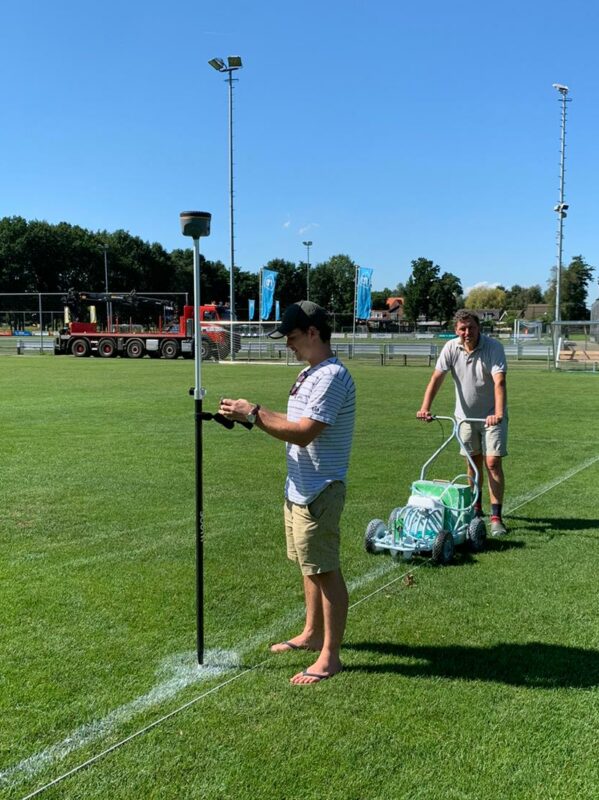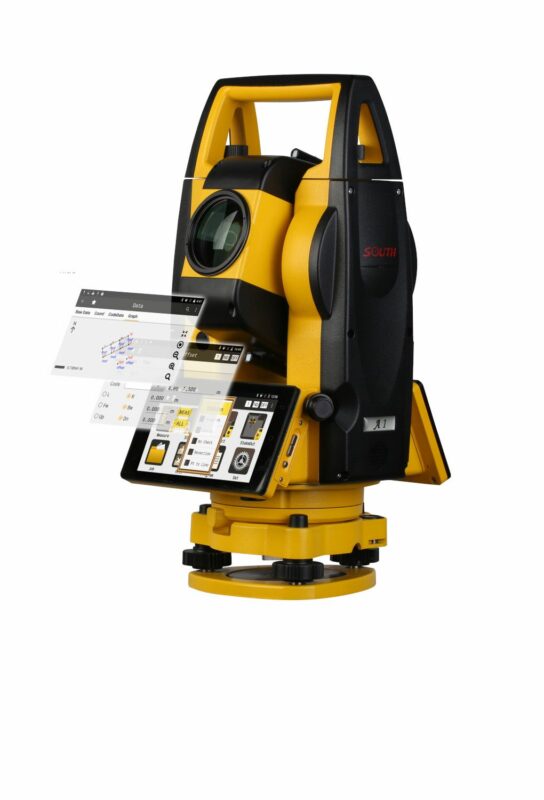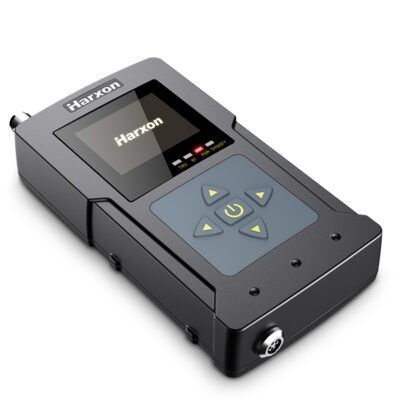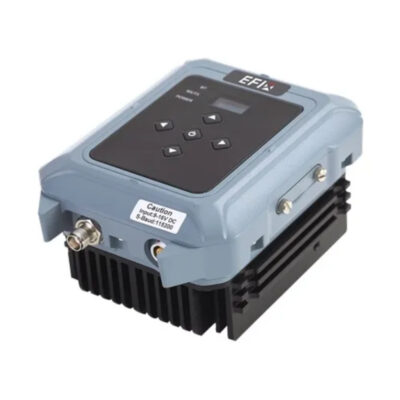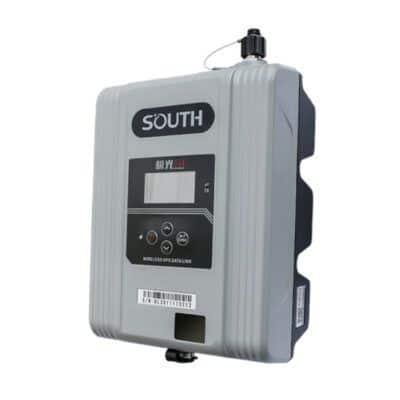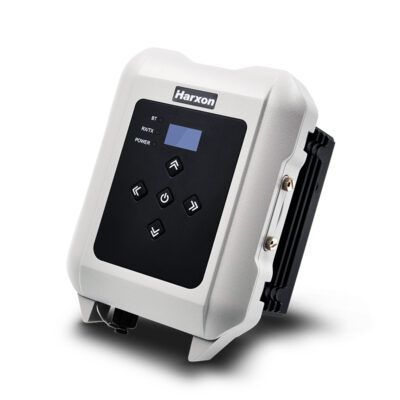GNSS
Using UHF Radios for GNSS Base Station to GNSS Rover Communication
UHF (Ultra High Frequency) radio technology is a popular option for transmitting GNSS (Global Navigation Satellite System) data between a base station and a rover. This is because UHF radio signals can penetrate through trees and buildings, making it an ideal solution for surveying and mapping applications in challenging environments.
A GNSS base station is a stationary device that provides precise location data to a rover through satellite signals. The base station receives the satellite signals, corrects any errors in the data, and transmits the corrected data to the rover via UHF radio. The rover then uses this data to determine its precise location.
UHF radios for GNSS base station to GNSS rover communication are available in different configurations, including handheld, vehicle-mounted, and backpack systems. Handheld UHF radios are typically used for short-range communications, while vehicle-mounted or backpack systems are used for longer-range communications.
Importance of UHF Radios in GNSS Communication
One of the key benefits of using UHF radios for GNSS data transmission is the ability to achieve real-time corrections. This means that the rover can receive corrected data in real-time, allowing it to make precise measurements in the field. Additionally, UHF radios can provide a reliable communication link, even in challenging environments, such as densely forested areas or urban environments with tall buildings.
Another advantage of UHF radios is their low cost compared to other GNSS data transmission technologies. This makes them a cost-effective option for many surveying and mapping applications. Additionally, UHF radios are easy to use and require minimal setup and maintenance, making them ideal for use by both professionals and hobbyists.
some popular external uhf radios
Factors to Consider When Choosing a UHF Radio
When selecting a UHF radio for GNSS base station to GNSS rover communication, it’s important to consider the range and data transfer rate required for your application. A radio with a higher data transfer rate and longer range will provide more accurate location data and a more reliable communication link. Additionally, it’s important to consider the size, weight, and portability of the radio, as well as its battery life and power consumption.
In conclusion, UHF radios are an effective and cost-efficient solution for transmitting GNSS data between a base station and a rover. They provide real-time corrections, reliable communication, and are easy to use and maintain. When selecting a UHF radio, it’s important to consider the range, data transfer rate, size, weight, and battery life, to ensure that the radio meets the specific requirements of your application.
Ensuring Reliability and Longevity with High-Quality UHF Radios
Additionally, it’s important to consider the compatibility of the UHF radio with your GNSS receiver and base station. Some UHF radios may only work with specific GNSS receivers or base stations, so it’s important to ensure compatibility before purchasing.
It’s also important to consider the operating frequency of the UHF radio. Some countries have specific regulations and restrictions on the use of UHF frequencies, so it’s important to check local regulations before purchasing. Some UHF radios may also have limited frequency ranges, so it’s important to ensure that the radio will work in the specific location where it will be used.
In terms of security, UHF radios can be vulnerable to interference and eavesdropping. Interference can cause errors in the GNSS data and impact the accuracy of the location data. Eavesdropping can also be a concern, as unauthorized users may be able to access the data being transmitted. To mitigate these risks, it’s important to use encryption and secure communication protocols when transmitting GNSS data via UHF radio.
Overall, UHF radios offer a versatile and cost-effective solution for transmitting GNSS data between a base station and a rover. When used correctly and with the necessary precautions, UHF radios can provide reliable and accurate location data for a wide range of surveying and mapping applications.
In conclusion, UHF radio technology is a valuable tool for GNSS base station to GNSS rover communication. With a range of options available, it’s important to consider the specific requirements of your application, as well as compatibility, frequency regulations, security, and other important factors, to ensure that you choose the right UHF radio for your needs.
Importance of High-Quality UHF radios, GNSS Receivers and Base Stations
Moreover, it’s important to invest in a high-quality UHF radio to ensure the reliability and longevity of your GNSS system. A high-quality UHF radio should be durable and able to withstand challenging environmental conditions, such as extreme temperatures, wind, rain, and dust.
It’s also advisable to choose a UHF radio that is supported by a reliable customer service and support team. This will ensure that you have access to the resources and assistance you need to maintain and troubleshoot your UHF radio, if needed.
Best Practices for Optimal UHF Radio Performance in GNSS Applications
When using a UHF radio for GNSS base station to GNSS rover communication, it’s important to follow best practices for optimal performance. This includes proper antenna placement and alignment, frequent battery charging, and regular maintenance and cleaning of the radio and antenna.
In addition to using UHF radios, it’s also important to use high-quality GNSS receivers and base stations. The accuracy and reliability of the GNSS system will be impacted by the quality of the components used, so it’s important to choose high-quality equipment that meets the requirements of your application.
Conclusion
UHF radios play a critical role in GNSS base station to GNSS rover communication, providing reliable and accurate location data for a wide range of surveying and mapping applications. With a range of options available, it’s important to choose a high-quality UHF radio that meets the requirements of your application, and to follow best practices for optimal performance and longevity.

